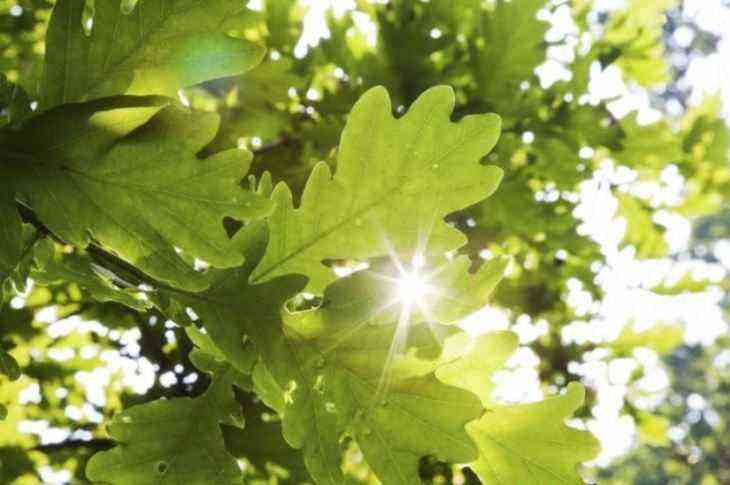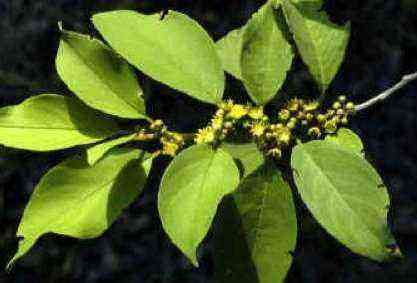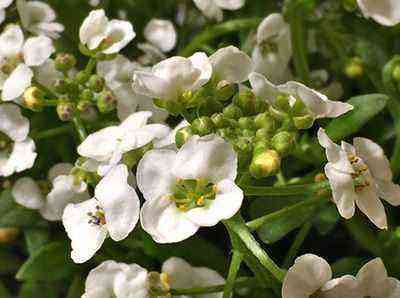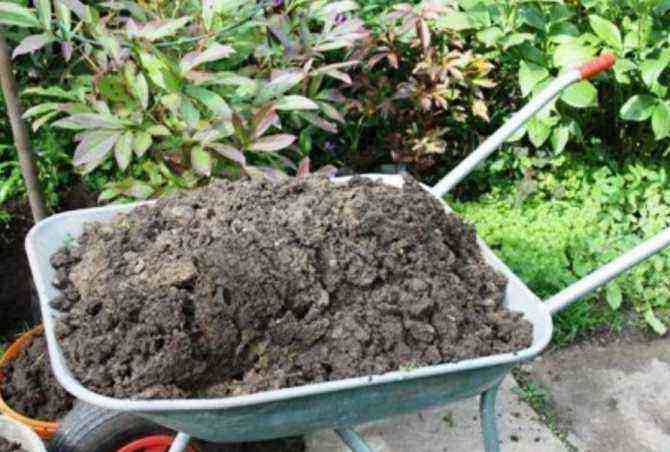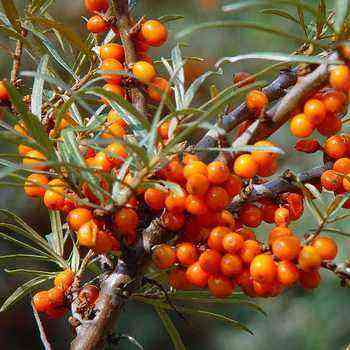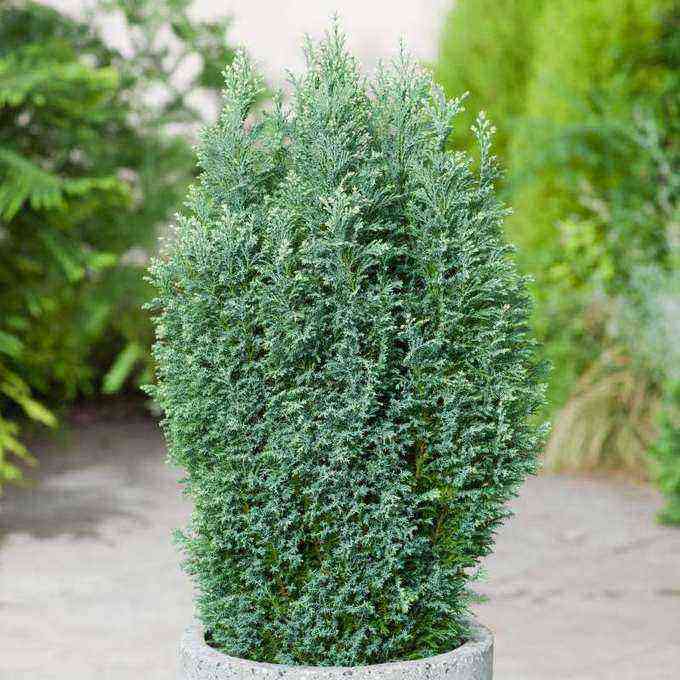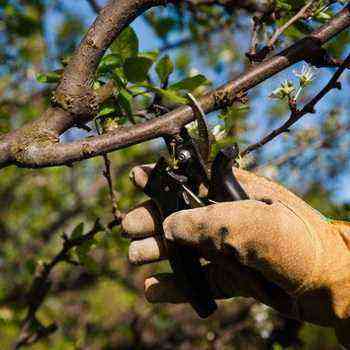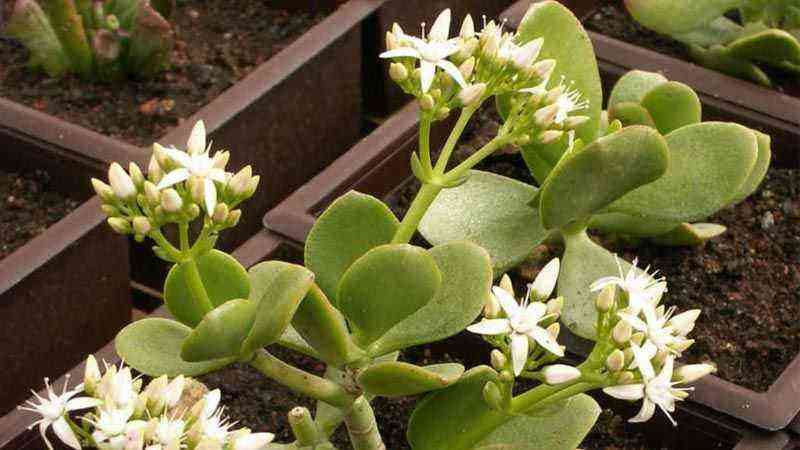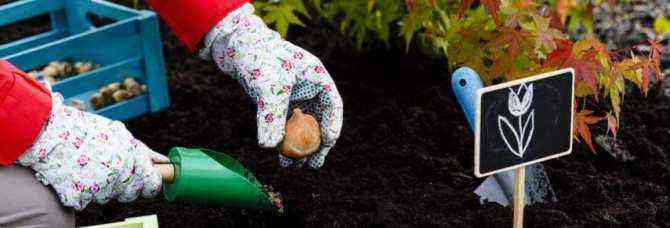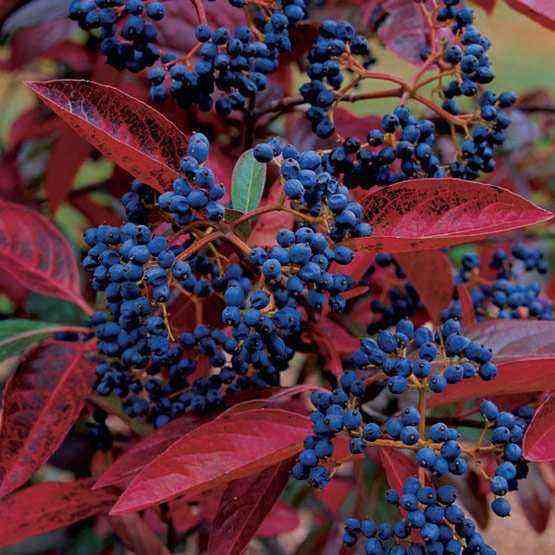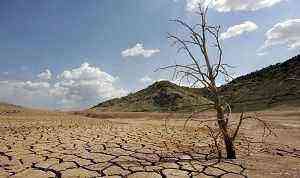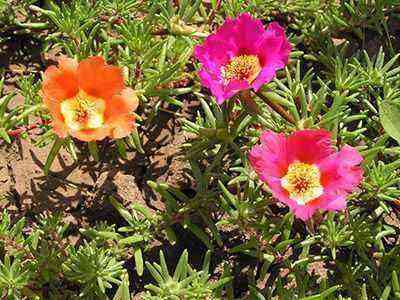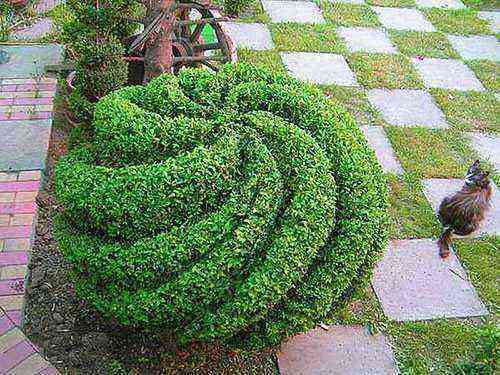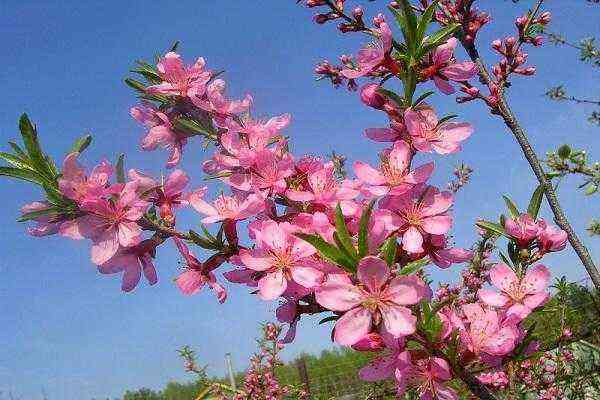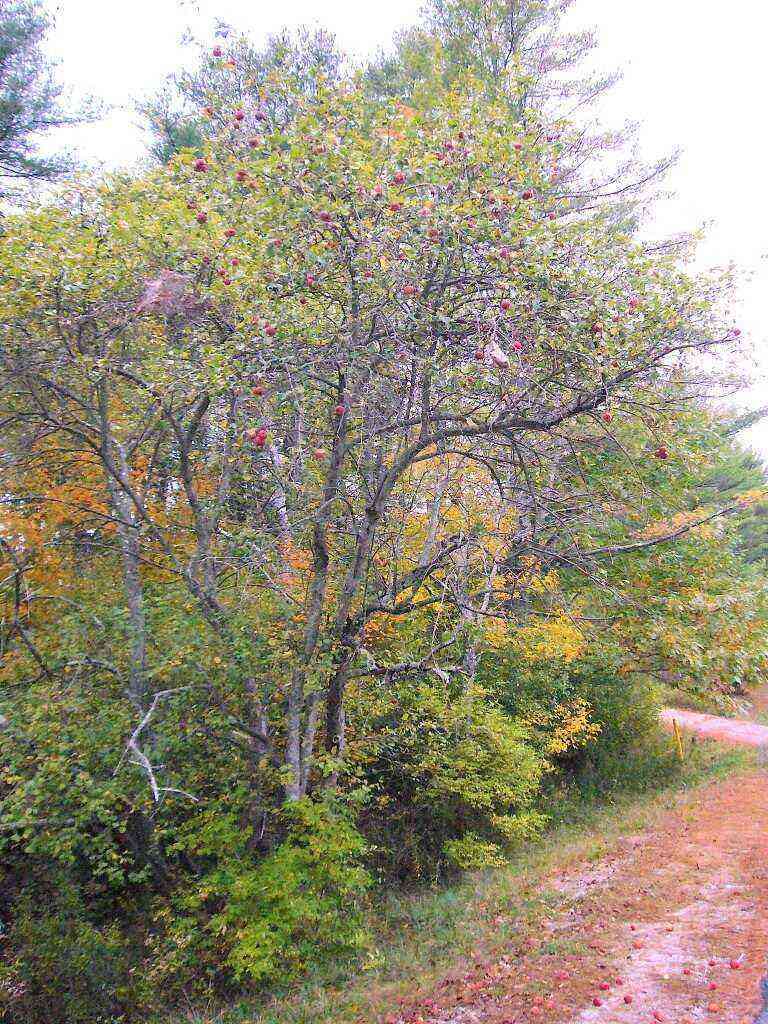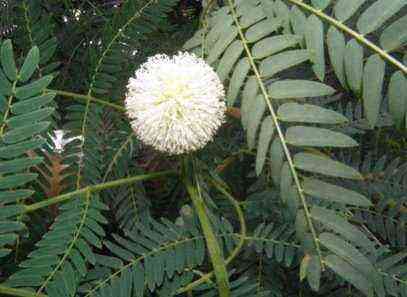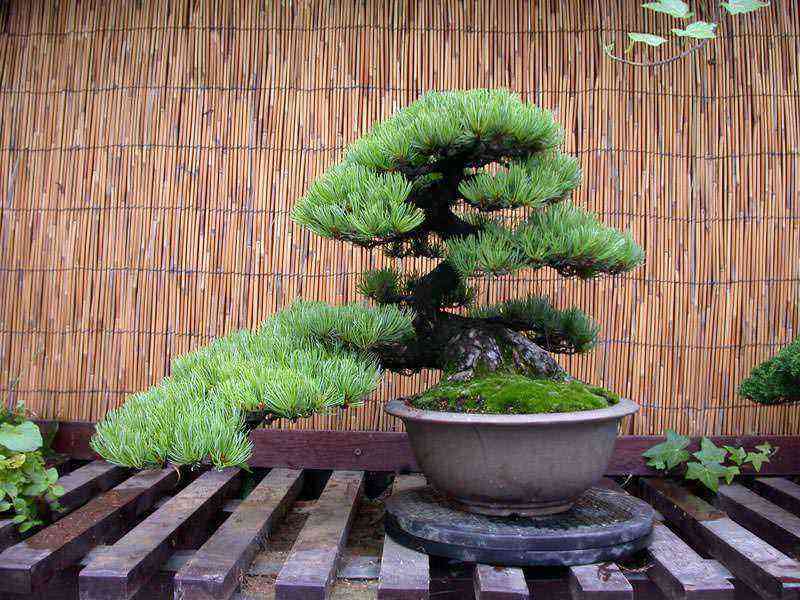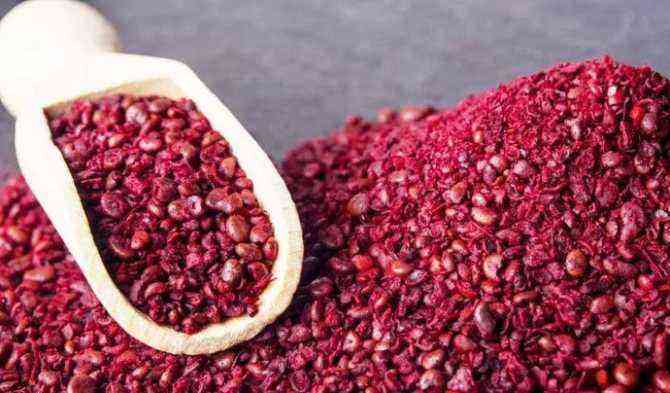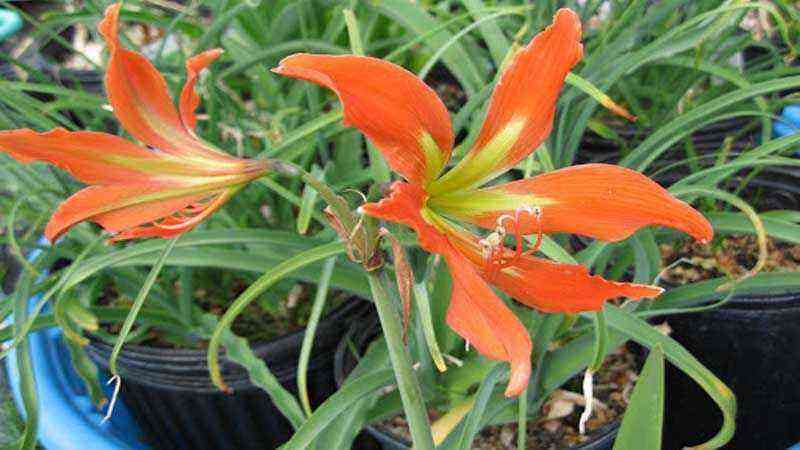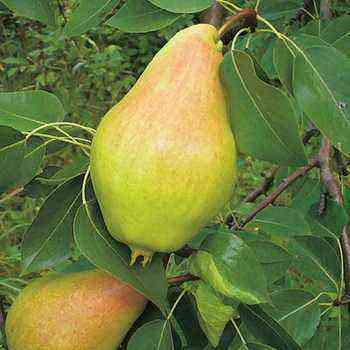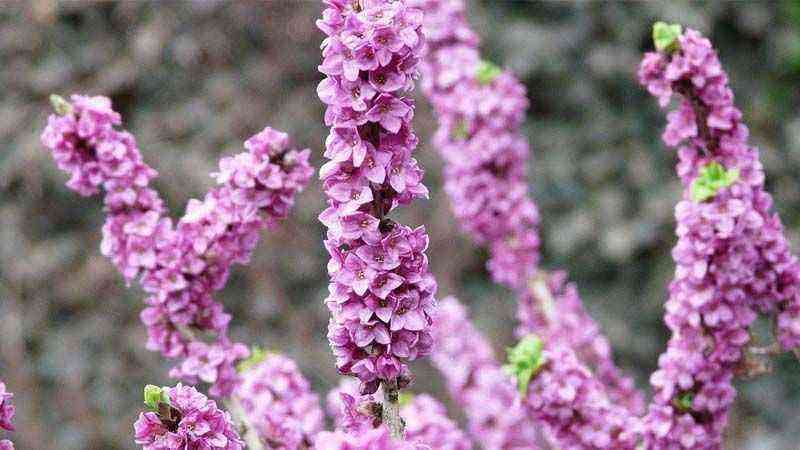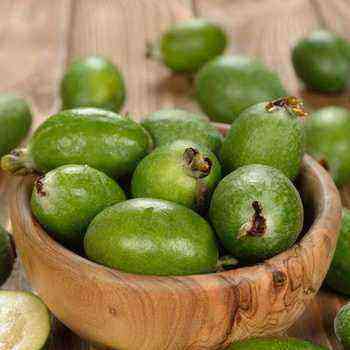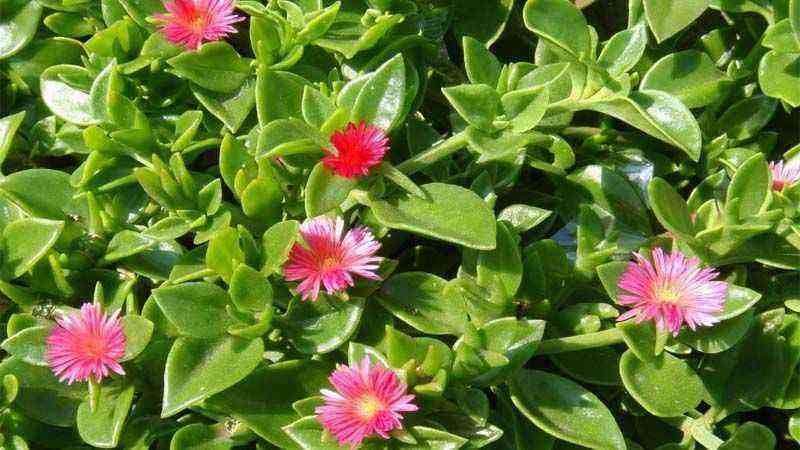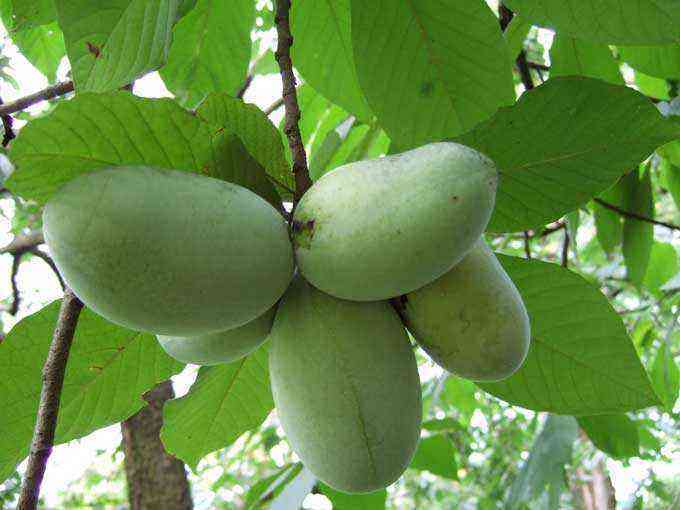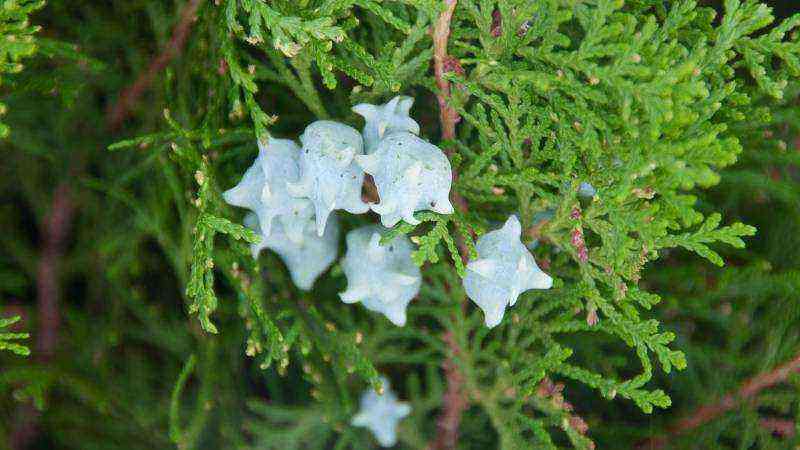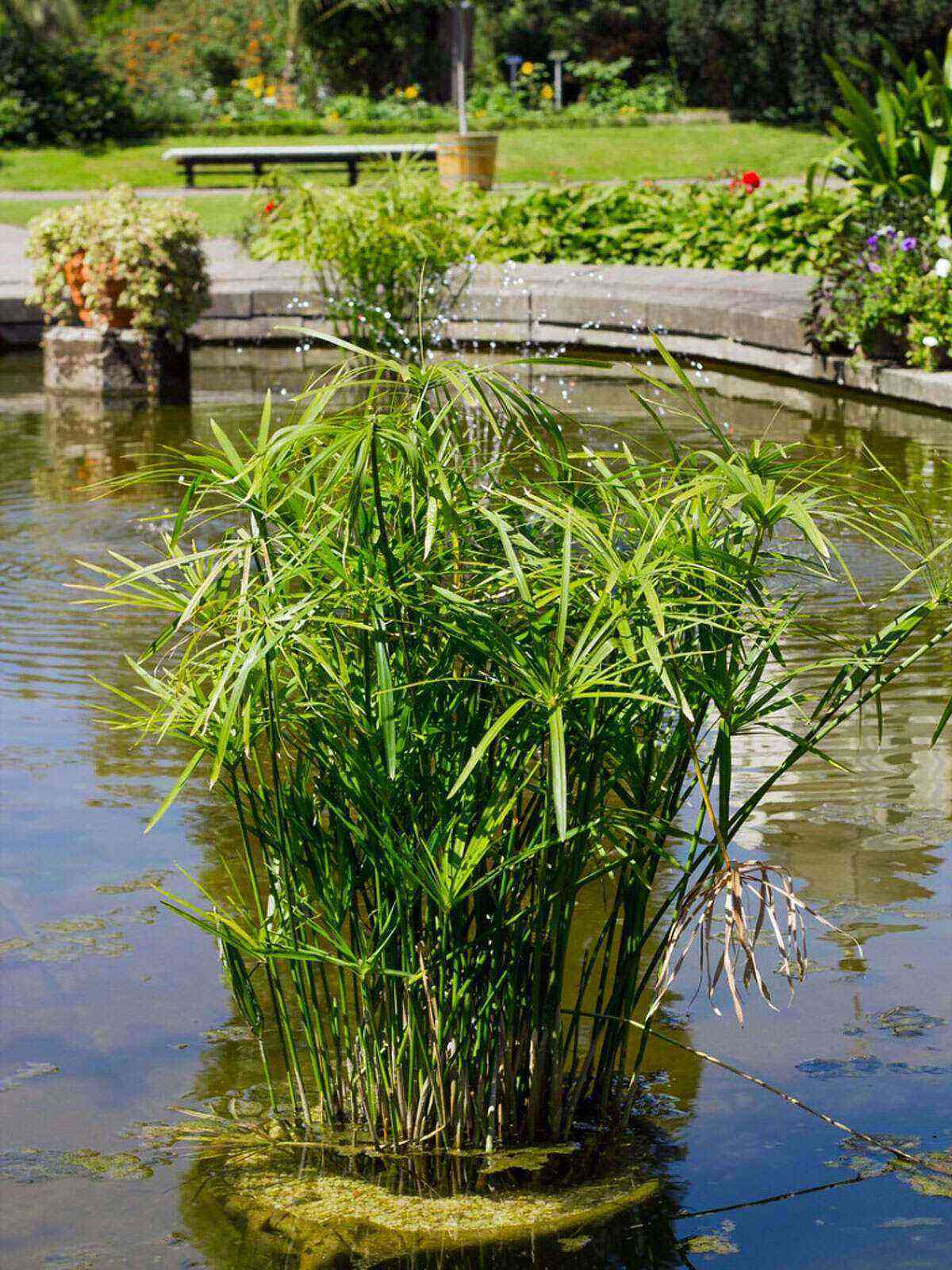Today in Agromática we are going to talk about a very versatile kind of garden. Hornbeam (Carpinus betulus). A tree with a good foliar density that can either be used as a garden tree by letting it grow freely or its growth can be adapted as a hedge. They are rustic, bear pruning well, grow well and are easy to care for.
Origin of hornbeam and habitat
The gender Carpinus currently comprises 42 accepted species of which Carpinus betulus called hornbeam, white hornbeam or birch is one of the most famous. Although its leaves may remind us of a beech, in reality it is not since the name of the species (betulus) reveals the name of the family of the Carpinus which is the birch family, Betulaceae.
Leaving aside this possible confusion with the leaf, hornbeam is a tree that is not very present in Spain. In fact, it is very unusual to see it in the wild except in the Pyrenean area because from there it is distributed throughout Europe with spectacular profusion. In addition, in Europe it is usually seen in forests next to oaks, where the beech does not find its place, because as you know, if there is a place, it will inevitably displace the oak forests. If you see it in Spain, outside the Pyrenees, please let us know. We just have to look at the GBIF biodiversity map to get an idea. To show a button as they say.

Hornbeam distribution. Extracted from GBIF.org
It is native to central Europe and although its presence is centered there, it has been spreading towards the east, already limiting with western Asia.
Hornbeam characteristics
It is a medium-large tree. It can reach 15-20 meters. When they begin to form a crown, it is usually conical, although later, as it grows, it usually ends up rounding and widening up to 10 m. His crecimiento can be considered fast, up to about 40 cm per year in optimal conditions. Its bark is like that of birch, silver-white and thin, hence it is called birch in addition to hornbeam.
Its leaves are very thin, and it is wonderful to be under a hornbeam forest since sift the light in a very special way, very similar to beech trees with a very intense green in spring and a lovely yellow in autumn. As we have mentioned before, the leaves may resemble those of the beech but these have very marked veins. This tree happens like the oak, which they endure their deciduous leaves on the tree itself well into winter, some can even stay until spring when it renews all its foliage. Recently we were talking to you about sweetgum with its fiery red foliage in the fall. The combination of the two can be very interesting for a spectacular garden in autumn.
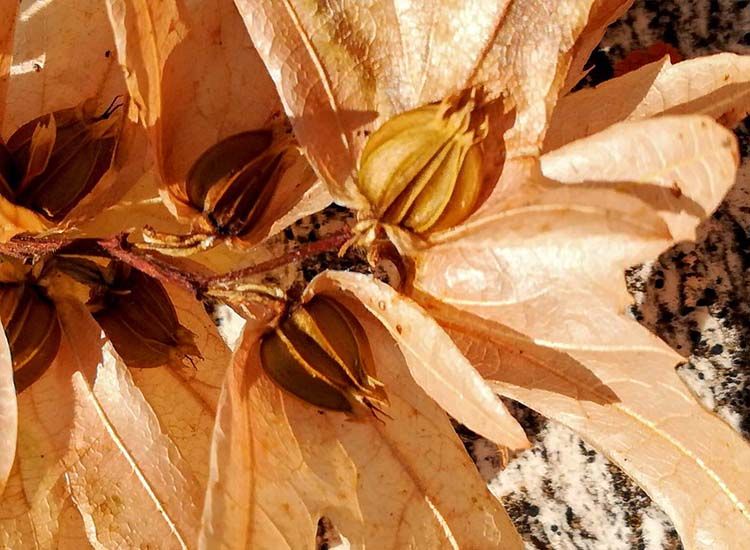
Hornbeam fruit with its winged leaves that allow it to fly distances away from the tree. Photo by gianni del bualo
Their fruits its plant engineering to spread the seed. They have one elongated blade that helps you fly literally when it is detached from the tree to be able to go further and to be able to expand the species. I will always remember the famous “helicopters” of the white maple, when you would fly them and they would flutter like spinning tops. Well, something similar happens to hornbeam in its fruit structure in order to go far. It is a monoecious species with male and female flowers on the tree itself, which are mostly pollinated by the action of the wind.
Hornbeam as a topiary element in the garden or as a tree
It is a tree that supports the topiary, that is to say, playing with the shape of the glass to make typical Versailles figures of ornamental gardens in the style of Eduardo scissorhands.
Or we can grow it in a large medium-sized garden, such as shade tree along with other species. In this case, the varieties Fastigiata (perhaps the most famous) or Columnaris slower in growth but very dense in foliage and with a very attractive pyramidal shape in the crown.
Columnaris is also very suitable for hedge for being one of the busiest varieties and growing less than the previous one (up to 8 m)
Other varieties are Pendula, Quercifolia or Carpinizza or monumentalis
If you have been convinced by hornbeam, we will tell you about its care and how to plant it in the garden.

Frondoso seto de carpe. Foto de photos by sanderl
Hornbeam growing conditions
Climate and exposure
They taste direct light and support good sun exposures as long as they do not lack a minimum of water. They endure extreme cold. According to the rusticity classification of the Royal Horticulatural Society of the United Kingdom, it is in the scale of more rusticity, supporting temperatures below -20ºC.
If you want to plant hornbeam as a hedge, it is advisable to have a direct exposure since, although it can tolerate the shade, it will not achieve a thickness worthy of a hedge. There will be gaps that always give the feeling of a diseased plant, but in this case there will be a lack of light.
Irrigation
It doesn’t need a lot of watering either (considering the central European climate). In Spain if you are going to grow it, depending on the site you should give water during the harshest months of summer. Remember that it is a forest tree although it is quite drought tolerant. As a recommendation, a padded in the area of the base of the hedge is more than enough to keep the root zone moist for a longer time and space the waterings if they are necessary.

Cup of Carpe of the Fastigiata variety leaving it as a free tree. Photo of Leonora (Ellie) Enking
Soil and fertilizer
It is not limiting except in heavy, very clayey soils. These are poorly tolerated by root rot but in general it is very tolerant of soils, both in structure and in pH. Supports both soils slightly basic as acids and in terms of texture there are not too many problems, except as we already said, that the water is retained too much for a excess clay or for another reason, like the one water table be very high and continuously soak the root.
Their root system is not very deep and they tend more to be very dense in the superficial layer.
Once the hornbeam has taken root and its mycorrhizae are stable, it is not very necessary to even fertilize it, although if it is desired in the first years to make it grow faster, mulch, mature compost or fertilizers for green plants can be used.
It is important to bear in mind that this type of forest species such as oak, beech, birch and in this case hornbeam, are species that are very used to the symbiosis of mycorrhizae. In reality, many species need these root fungus associations to be able to get ahead. In the case of hornbeam, it is something important to take into account, and it is very possible that the tree has a hard time growing the first years of life precisely because this association is achieved with time.
Hornbeam propagation
Before we start propagating, one thing we almost forgot. If you want to form a hedge with hornbeam, you must place some 5 floors per meter, that is, an approximate spacing of 20 centimetres.
It multiplies by seed, there is no other, it germinates and grows well. It is sown at the beginning of autumn, when the seed is ripe but not completely dry. They will sprout in spring. It will not cost you much and being fast growing, you will be able to assemble your hedge without much effort. If the seed dries then we must scarify it prior to sowing or it will have more difficulties to germinate.
Hornbeam pruning. Essential and invigorating
If it is going to be a hedge it is clear that it supports pruning, and in fact it needs it like any hedge. They are trees that they grow with a lot of pull and you have to prune them a couple of times a year. One at the end of spring and another during the fall for example with a space of 6 months is fine. It supports severe pruning and trimming well. The sprouts are fast, vigorous and quite dense in general. It is preferable to prune it than not actually do it.
If you leave it as a free tree then you can adjust the pruning a little more to one a year perhaps although nothing will happen to it by pruning it twice.
The pruning of the hedges is the easiest and most rewarding. Do not be thinking, which branch do I leave and which one do I cut? Above how many shoots? And if I cut this branch, will it decompensate? What if I prune too much? These are the typical questions that arise when you start to put the shears to any plant. In these cases, go cutting and making the shape that you like the most.
Do you remember that you could compost leaves?
Years ago, I say well, years that we have told you the possibility of including in your compost pile for the orchard and garden the tree litter expired. The hornbeam leaf is ideal because being so thin it decomposes very quickly and we accelerate the formation of compost and it supposes very neutral and rich matter for our compost pile.
Cover photo by Peter O’Connor aka anemoneprojectors
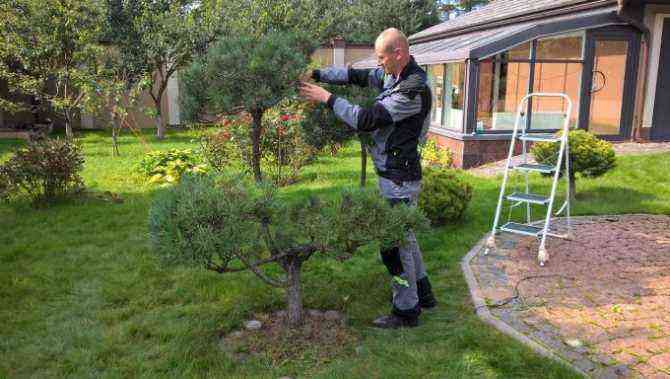
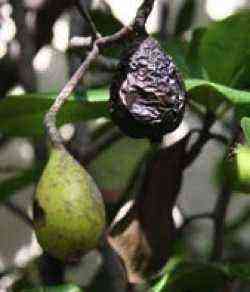
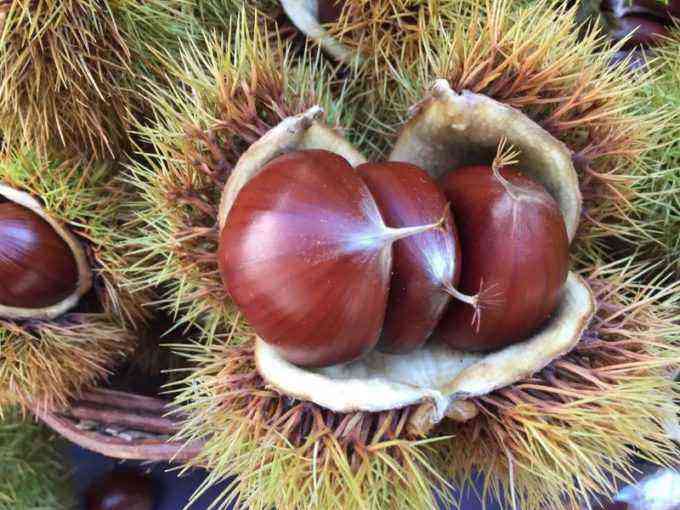

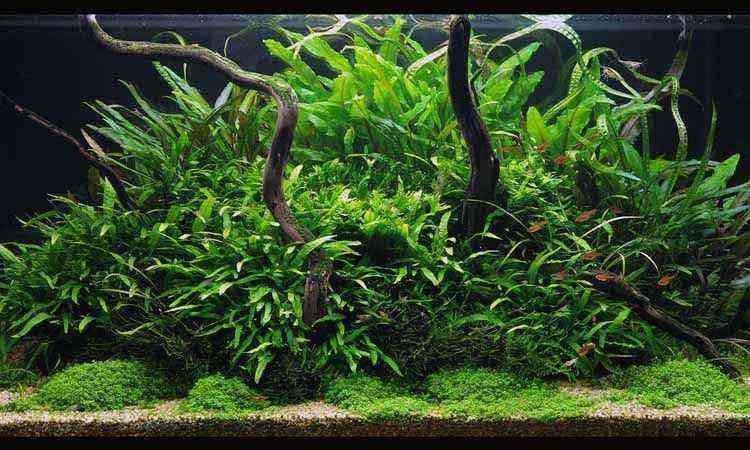

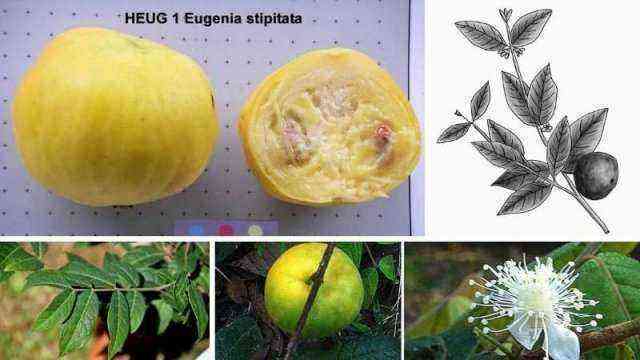

![Cultivation of Manihot esculenta [Cassava, Cassava] Cultivation of Manihot esculenta [Cassava, Cassava]](https://farmer-online.com/wp-content/uploads/2021/05/Cultivation-of-Manihot-esculenta-Cassava-Cassava.jpg)

